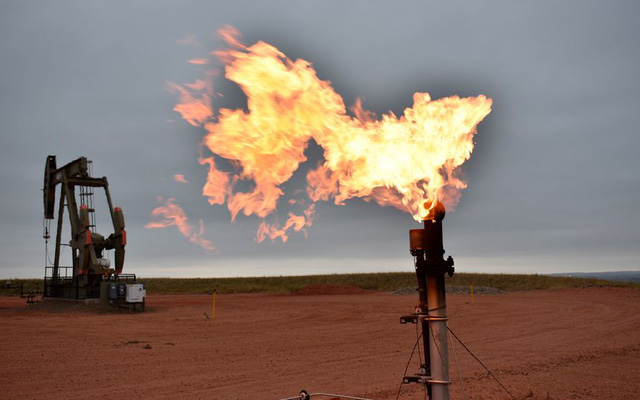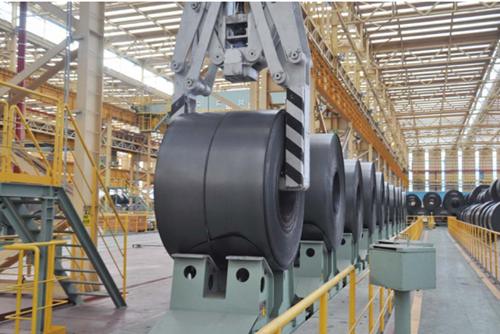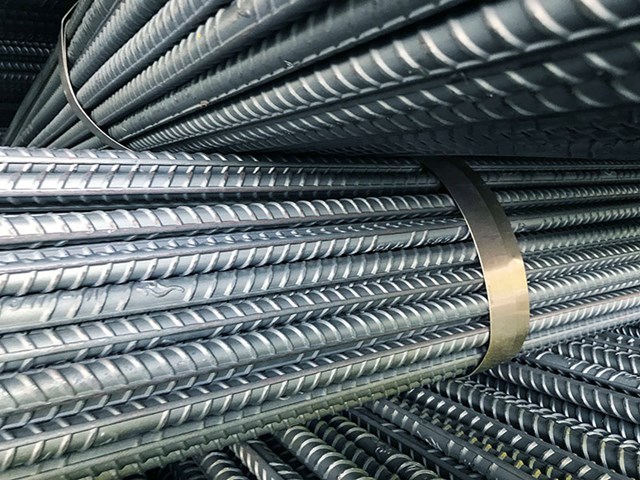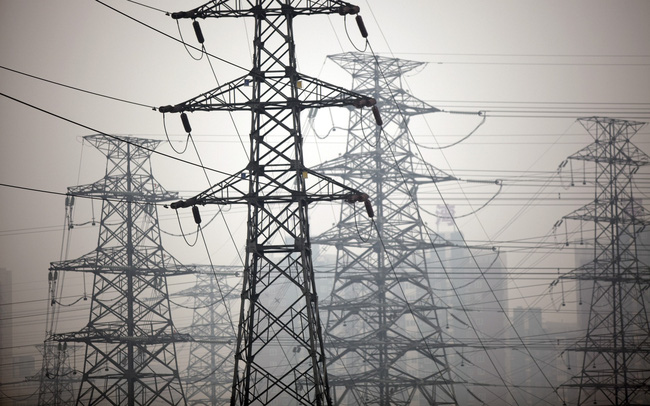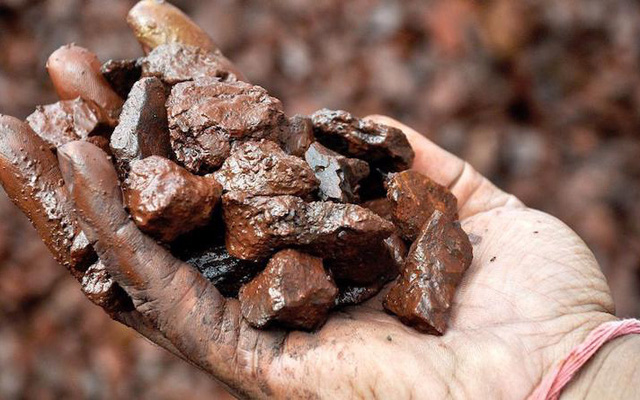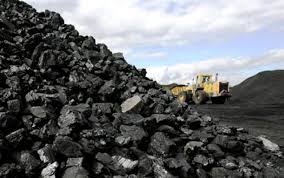China will increase export tax on iron and steel from August 1, and remove the export tax reduction for 23 steel products to ensure domestic supply and control output to limit emissions.
This is the second adjustment of iron and steel tax in the past 3 months, in the context that the price of rebar and hot rolled coil on the Shanghai Futures Exchange has increased by 32% and 37%, respectively. year to date.
According to information from the Ministry of Finance of China announced on July 29, from August 1, export tax on high-purity cast iron will be raised to 20%, from the previous 15%; for ferrochrome will increase to 40%, from 20% now.
At the same time, China will also cancel the export tax refund policy for 23 products, including some cold-rolled steel and silicon steel with higher added value than carbon steel.
In a statement released, China’s Ministry of Finance said: “(The changes) are aimed at promoting the upgrading and development of the steel industry towards high quality”.
China is the world’s leading steel producer. In May 2021, the country adjusted tariffs on some iron and steel products, thereby eliminating export tax breaks for 146 steel products, increasing export taxes on iron and iron, and exempting some temporary import duties.
These adjustments are intended to ensure supply for the domestic market while cutting production to reduce carbon emissions.
In parallel, Beijing recently sent inspection teams to the provinces to check the effectiveness of steel capacity cuts. Jiangxi province said it would “fully fulfill the output reduction mandate issued by the state.”
However, as steel demand and prices remained high due to the global economic recovery, the country’s exports of steel products increased 23% in June, after falling 34% in May.
Meanwhile, China’s steel production in the first half of this year increased by 11.8% to 563.33 million tons, making the commitment to keep this year’s steel output at last year’s level.
.difficult
China’s daily crude steel production
However, Mr. Tang Chuanlin, analyst at CITIC Securities, thinks that the shortage of steel supply will continue in the second half of this year. According to Mr. Tang, “Despite considering the reverse flow of export products, the industry is still facing a shortage of more than 5%.”
“The (Chinese) government has put in place supply-related policies to control steel production, but it has largely been unsuccessful,” said Rohan Kendall, head of iron ore research at Wood Mackenzie. “. According to Mr. Kendall: “For steel production to slow down, it is necessary to see policies that help reduce heat from steel demand.”
Mr. Kendall believes that China’s steel exports will decline in the second half of the year, after a strong increase in the first half of the year. That’s because China’s real estate investment in the first six months of the year increased by 15% year-on-year, but that growth rate slowed compared to the 18.3% growth in the first five months of the year.
The country’s statistics agency also said investment in manufacturing increased by 19.2% in the January-June period compared with the same period a year earlier. However, the growth rate in June slowed down
Due to weak export demand while supply is congested. Accordingly, the purchasing managers’ index (PMI) fell slightly to 50.9 in June, from 51.0 in May. Besides, the new orders from service providers received fell to 49.5 in June from 52.0 in May, reflecting rapidly cooling market demand. Indexes that track air freight, catering and accommodation also showed signs of decline.
Source: Nhipsong Kinhte.com
T&G International Joint Stock Company
Address: 352 Hue Street, Le Dai Hanh Ward, Hai Ba Trung District, Hanoi
Hotline: 0345786803
Email: hrm@tginterjsc.com
Website: http://tginternationaljsc.com




